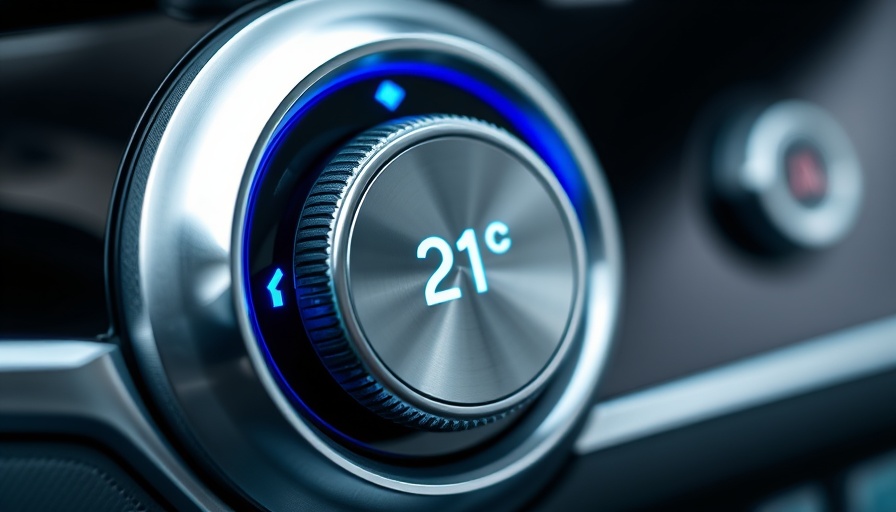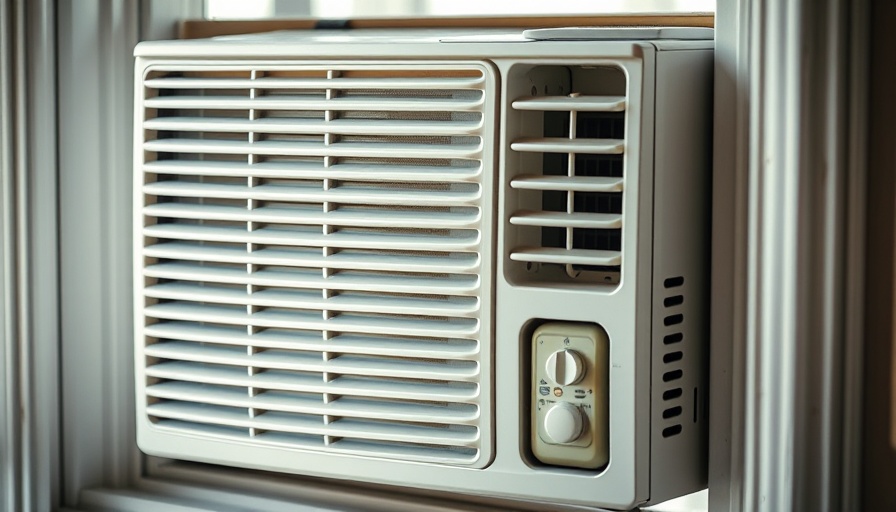
Beat the Summer Heat with a Simple TikTok Hack
As the summer sun blazes down, it can transform your car into an unbearable heatbox in no time, especially when parked in direct sunlight. Just a short while can turn the inside of your vehicle into a sauna, with temperatures soaring well above the outside heat. But don't sweat it! A fun yet practical TikTok hack featured by @pushingpistons can help you cool down your car quickly and efficiently.
How the TikTok Method Works
According to the TikToker, the cooling process involves a series of straightforward steps. Start by rolling down the windows on the passenger side of your vehicle. Next, open and close the driver’s side door multiple times to create a breeze that expels that hot air. This simple act requires no fancy gadgets, just a few minutes of your time.
Then roll down all windows and blast your car’s air conditioning. To maximize cooling efficiency, ensure the air circulation setting is off, allowing fresh, cool air to flow in through the foot wells. Once the cold air starts flowing effectively, close the windows again and switch the air conditioning back to recirculate mode. Why does this approach work? Hot air naturally rises, and by bringing cool air in from the lower vents, the hot air is forced to escape out the top.
The Science Behind the Hack
This method capitalizes on a simple yet effective principle of physics: hot air rises. By allowing the cool air to enter from the lower part of the car, it not only drives the hot air up but also facilitates a more aggressive cooling process. When you flip the air conditioning to recirculate after the car has cooled down, you'll maintain a pleasant temperature inside, which is an energy-efficient move as well.
Practical Tips for a Cooler Ride
While following this TikTok hack can significantly reduce your car’s temperature, there are additional practical tips to ensure a cooler ride on hot summer days:
- Use Sunshades: Invest in reflective sunshades for your windshield and side windows. This minimizes direct sunlight and keeps the interior cooler.
- Park Wisely: Whenever possible, seek shade or park in covered areas. This small change can lessen the baking effect of the sun.
- Ventilate Your Car: Before entering, open the doors and let the hot air escape for a minute. This simple practice can make a noticeable difference.
- Cloth vs. Leather Seats: If you're in the market for new vehicle upholstery, consider cloth over leather. Cloth retains less heat, making your seating more pleasant in the hot months.
Why Knowing These Hacks Matters
For homeowners and health-conscious individuals in the MidSouth, understanding how to keep your vehicle cool can improve not only your comfort but also your well-being during intense heat waves. Your car shouldn’t feel like an oven, and taking these measures can prevent heat-related stress while also maintaining a more pleasant driving environment.
Future Heat Trends and Vehicle Wellness
As climate change continues to influence weather patterns, it’s anticipated that summers will only get hotter. While individual hacks like the TikTok technique will be useful, it’s paramount to stay informed and proactive about vehicle care. This approach not only enhances your driving experience but also contributes to long-term vehicle maintenance. Keeping a cooler car can also bolster your emotional wellness, allowing for a more enjoyable transition between outdoor warmth and indoor comfort.
Conclusion: Cool Effectively and Enjoy Your Ride
We hope this TikTok car-cooling hack enhances your summer driving experience. No one likes entering a scorching vehicle, so adopting these simple techniques can help you stay comfortable and safe on the roads. Remember: a cooler car equals a better mood and even a happier summer, so why not give this hack a try?
Stay updated on more home and lifestyle tips by checking out related content on car maintenance, home improvement, and smart living to ensure both your car and your living space remain your personal comfort zones. For more information on optimizing your household and wellness practices, be sure to follow our posts and stay in the loop!
 Add Row
Add Row  Add
Add 



Write A Comment